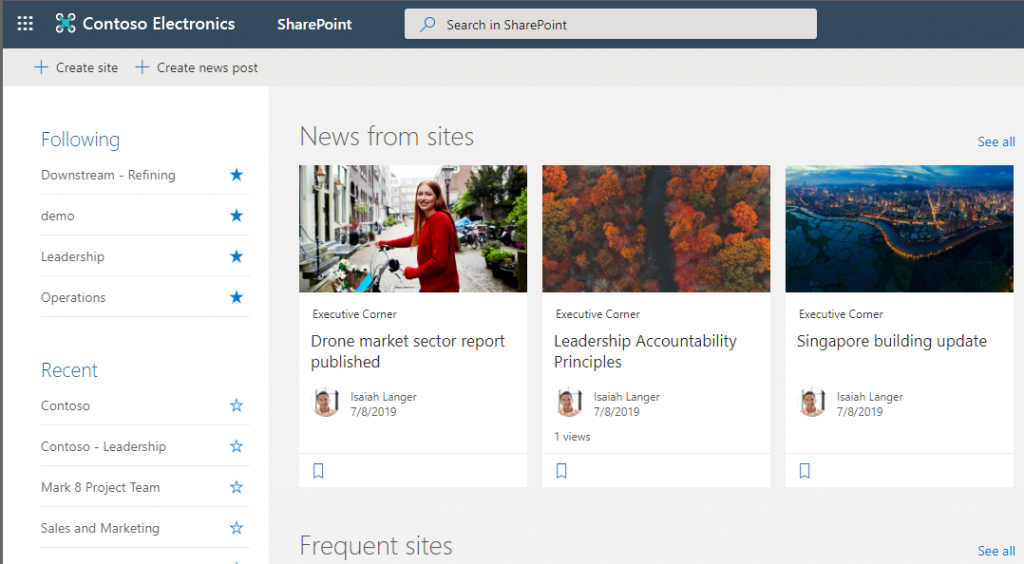In the middle of SharePoint migration planning? Read our free ebook “Office 365 and SharePoint Migration Checklist” for must-know tips!
SharePoint is vital to the modern workplace. It’s evolved to the point where we still rely on it to drive our experience in storing documents and collaborating in general, be it lists, pages, sites, or anything else of the sort.
But the modern experience has been given a new facelift due to the way people work. Today, with such a mobile-centric workforce, users need all their devices to seamlessly connect to their collaboration workspaces. Modern SharePoint sites were developed to give users a fast, clean, and easy way to interact with sites, lists, and libraries. They can also be provisioned much faster than classic sites.

Advantages of Using a Modern SharePoint Site
At its core, a SharePoint site is essentially a place to gather, consume, and access information. Whether the site is managed and hosted by your organization through an intranet or portal, or hosted by a cloud service provider like Microsoft, users navigate to SharePoint sites via URLs like any typical webpage.
The SharePoint Online Start Page and Communication sites (with Modern Search in SharePoint) are modern sites to help users easily find other destinations within the organization:


With Microsoft Search in SharePoint, users type in keywords and strings and find what they are looking for fast. This way, end users don’t have to remember where specific items or artifacts are; SharePoint will surface them itself.
Lists and Libraries are built around common tasks and ease of use:

Team sites backed with Office 365 groups provide central storage and management of files shared in Teams collaboration:

The upside of using a site is that you can customize it to make company updates, blogs, wikis, and documents easily accessible and digestible for yourself and your coworkers. This can make both internal and external collaboration a much smoother process.
What to Consider When Making a SharePoint Site
When interacting with SharePoint a site, there are a few primary facets you want to consider:
Prioritize making your site easily navigable. It can be difficult for users to remember a URL path, so your navigation experience is critical. Brainstorm ways to make it easy for users to navigate and find different sites.
Have clear branding. Sometimes organizations want to have a specific branding that adheres to their company image; specific colors, logo design, themes, mottos, and so on. So, when building your SharePoint site, you may want to customize it so it’s clearly an extension of your organization.

Know which site best suits your needs. Most organizations are going to use several sites to collaborate. Thus, it’s important to know which type to use when:
- SharePoint Connected Sites (Office 365 Groups\Teams) — Modern sites for easily storing collaboration content\files
- SharePoint Non-Connected Sites — Traditional SharePoint sites (modern or classic) used for legacy workflows, solutions, or portals
- SharePoint Sites —Modern sites used for communication
- SharePoint Sites — Modern sites used as information hubs
Closing Thoughts
The good thing about navigating, branding, and creating SharePoint sites is that all of that is built-in and very easy for end users to leverage and consume. If you’re new to SharePoint site design, I highly recommend reading our recent guide “SharePoint Site Design Best Practices for Beginners.” Happy creating!

